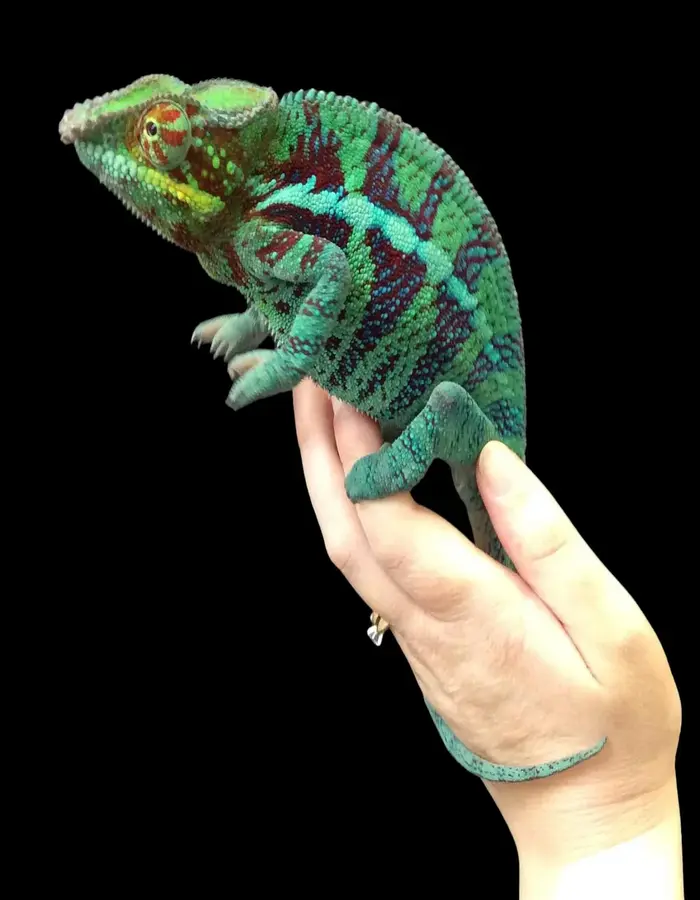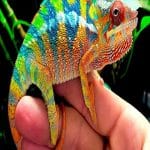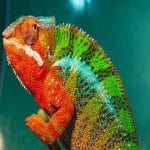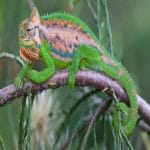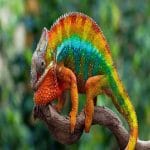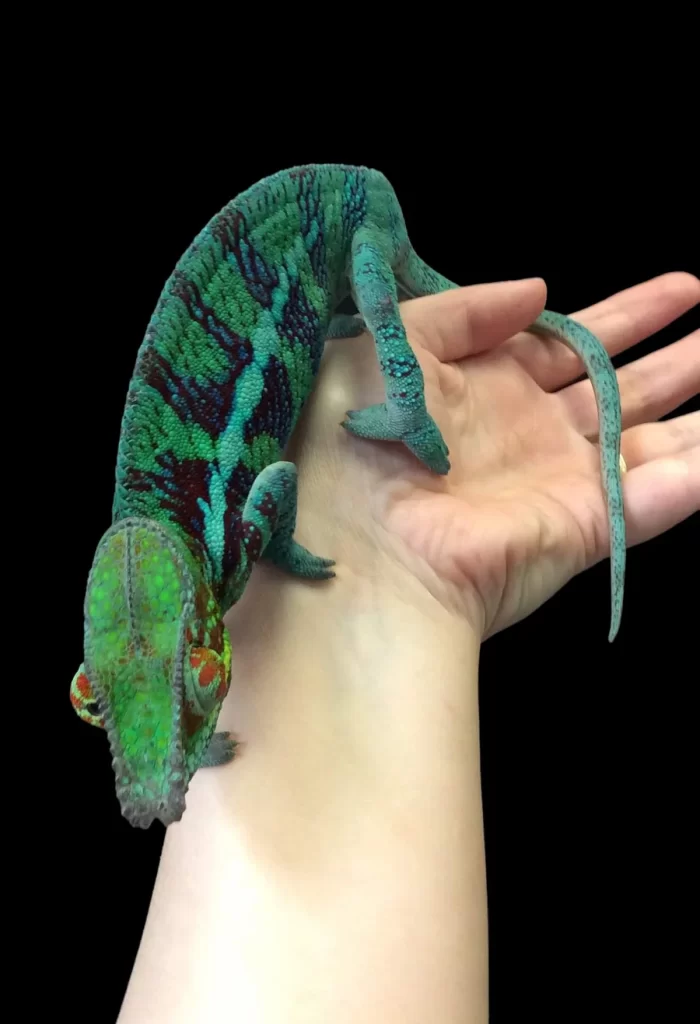
Image Credit – Hema
The world of reptiles is filled with creatures that are as mysterious as they are fascinating. Among them, the peramata chameleon stands out as a symbol of adaptability, color, and natural wonder. Known for its ability to change hues and its striking appearance, this chameleon has become a subject of curiosity for nature enthusiasts, reptile keepers, and researchers alike. But what makes the peramata chameleon truly special, and why does it capture the imagination of so many?
The peramata chameleon is often admired for its unique skin patterns, vibrant colors, and remarkable survival instincts. Like other members of the chameleon family, it has the ability to alter its coloration based on mood, temperature, and environment. This extraordinary skill not only helps it blend seamlessly with its surroundings but also serves as a form of communication with other chameleons.
What sets the peramata chameleon apart is the sheer brilliance of its hues. From lush greens and soft yellows to deep blues and fiery reds, it transforms into a living work of art, showcasing the creativity of nature.
The Enigmatic Beauty of the Peramata Chameleon
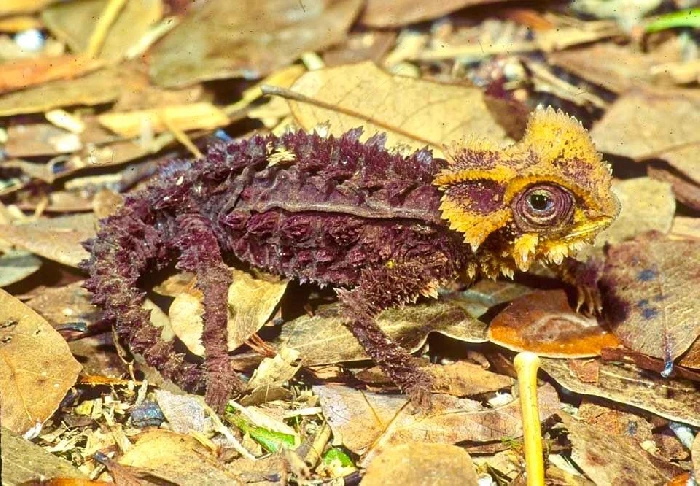
Habitat and Natural Environment
The peramata chameleon thrives in tropical and subtropical regions, where dense vegetation provides the perfect backdrop for camouflage. Forested habitats, lush greenery, and areas with plenty of insects are ideal environments for this reptile. Perched on tree branches or blending with leaves, the peramata chameleon uses its remarkable abilities to remain unseen by both predators and prey.
Due to deforestation and habitat loss, however, sightings of this chameleon have become less frequent in certain regions. This makes conservation and awareness all the more important for protecting its natural environment.
Unique Features
- Color-Changing Skin: It can adapt its coloration not only to match its surroundings but also to display mood changes, stress, or mating signals.
- Independent Eyes: Each eye can rotate and move separately, giving it a nearly 360-degree view of its environment.
- Prehensile Tail: Acting like a fifth limb, the tail helps it maintain balance while climbing branches.
- Lightning-Fast Tongue: Its tongue can extend rapidly to capture insects, making it a highly skilled hunter.
These traits make the peramata chameleon not only a master of disguise but also a predator finely tuned to its environment.
Symbolism and Cultural Fascination
Across many cultures, chameleons represent adaptability, transformation, and mystery. The peramata chameleon, with its vivid colors and subtle movements, has often been associated with patience and observation. Its ability to blend into different settings serves as a reminder of the importance of flexibility and resilience in life.
In modern times, the chameleon has also become a popular pet in reptile enthusiast communities. The peramata chameleon, with its captivating appearance, is often admired by hobbyists, though it requires specialized care and a suitable habitat to thrive in captivity.
Caring for a Peramata Chameleon in Captivity
- Habitat Setup: A tall enclosure with branches, plants, and proper ventilation is essential.
- Lighting and Heat: UVB lighting and controlled temperature gradients mimic natural conditions.
- Diet: Insects such as crickets, mealworms, and flies form the bulk of its diet.
- Hydration: Rather than drinking from bowls, these chameleons prefer water droplets on leaves, which means regular misting is necessary.
- Handling: They are best admired from a distance, as frequent handling can cause stress.
Owning a peramata chameleon requires commitment, patience, and respect for its natural instincts.
Conservation Efforts
With the growing threat of habitat destruction, raising awareness about reptiles like the peramata chameleon is vital. Conservation organizations emphasize the protection of tropical forests and ecosystems where these creatures naturally thrive. Supporting responsible reptile trade and conservation projects helps ensure that these incredible lizards continue to enchant future generations.
The peramata chameleon is much more than a reptile—it is a masterpiece of evolution, a living symbol of adaptability, and a reminder of nature’s brilliance. From its dazzling colors to its fascinating hunting techniques, every feature tells a story of survival and wonder. Whether encountered in the wild or admired in captivity, this chameleon continues to inspire awe and curiosity. What are your thoughts on the incredible abilities of the Peramata chameleon? Do you see it as a symbol of transformation and resilience? Let us know in the comments below.
Frequently Asked Questions
What is a Peramata Chameleon?
The Peramata Chameleon is a unique reptile known for its brilliant color-changing ability, independent eyes, prehensile tail, and lightning-fast hunting skills.
Can the Peramata Chameleon be kept as a pet?
Yes, but it requires a specialized setup with tall enclosures, UVB lighting, live plants, proper hydration through misting, and a diet of live insects.
Why is the Peramata Chameleon important for conservation?
Habitat loss and deforestation threaten its natural environment, making conservation efforts vital to protect this extraordinary reptile for future generations.

